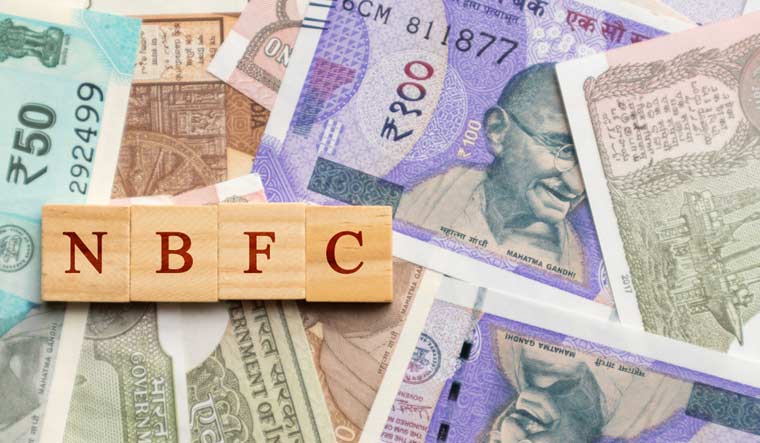The largest 25-30 non-banking finance companies will be subjected to bank-like regulation and capital requirements, the Reserve Bank of India has suggested in its discussion paper titled “Revised Regulatory Framework for NBFCs—a Scale-Based Approach”. The central bank plans to usher in a four-layered regulatory and supervisory framework for NBFCs.
The regulator has recommended that the non-banking finance companies be split into four categories—base layer (NBFC-BL), middle layer (NBFC-ML), upper layer (NBFC-UL) and the top layer. NBFC-BL—depending on their size and systemic relevance for better regulation.
According to news reports, there will be least regulatory intervention for NBFCs in BL. As one moves up the pyramid, the regulatory regime will get stricter as the RBI embarks on the path of a scale-based regulation in the backdrop of the recent stress in the sector.
NBFC-BL
The base layer will consist of NBFCs with an asset size of up to Rs 1000 crore. Out of 9425 non-deposit taking NBFCs, 9133 NBFCs have asset size of less than Rs 500 crore. If the current threshold of systemic significance is raised to Rs 1000 crore, the number of NBFCs in this layer would go up by 76 to 9209.
These would consist of NBFCs currently classified as non-systemically important NBFCs (NBFC-ND) with an asset size of Rs 500 crore. This threshold needs recalibration, taking into account increase in general price levels as well as increase in real GDP since 2014.
NBFC-ML
NBFCs in the Middle Layer (ML) can consist of entities, currently classified as NBFC-ND-SI/Non-Deposit taking-Systemically Important, deposit-taking NBFCs, Housing Finance Companies, Infrastructure Finance Companies, Infrastructure Debt Funds, Standalone Primary Dealers and Core Investment Companies.
Upper Layer
The upper layer of the scale-based regulatory framework shall consist of only those NBFCs which are specifically identified as systemically significant among NBFCs, based on a set of parameters mentioned in Chapter 3. Number for NBFCs which will reside in this layer would be dependent upon the composite score thrown by the parametric analysis. It may, however, be recalled that the top ten NBFCs (in terms of their asset size) will anyway reside in this layer, irrespective of any other factor. It is expected that a total of not more than 25 to 30 NBFCs will occupy this layer. The nomenclature of NBFCs identified in this layer shall be termed as NBFC-Upper Layer (NBFC-UL).
also read
- Kotak Bank's growth plans to take a hit post RBI restrictions on digital channels; shares plunge 11 pc
- RBI bars Kotak Mahindra Bank from onboarding customers online, issuing fresh credit cards
- Extreme weather may pose risk to inflation, says RBI Bulletin
- Normal monsoon predicted for 2024. Is it enough to bring down inflation?
The regulation of NBFC-UL will be tuned on similar lines as those for banks, though providing for the unique business model of the NBFCs as also preserving flexibility of their operations.
Top Layer
Considered supervisory judgment might push some NBFCs out of the upper layer of the systemically significant NBFCs for higher regulation/supervision. These NBFCs will occupy the top of the upper layer as a distinct set.
The top layer is supposed to remain empty. The layer can get populated in case the Reserve Bank takes a view that there has been an unsustainable increase in the systemic risk spill-overs from specific NBFCs in the upper layer. In other words, if certain NBFCs lying in the upper layer are seen to pose extreme risks as per supervisory judgement, they can be put to significantly higher and bespoke regulatory/ supervisory requirements.




